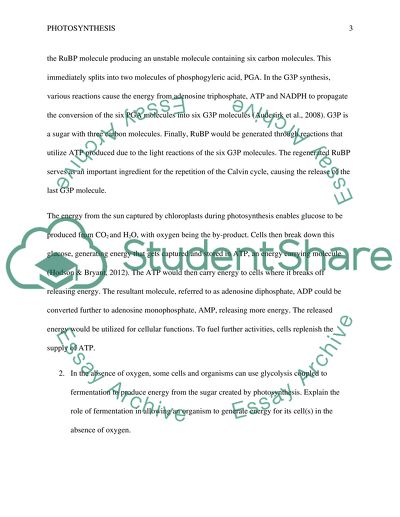Cite this document
(“Functional Biology of Plants Coursework Example | Topics and Well Written Essays - 1000 words”, n.d.)
Retrieved from https://studentshare.org/biology/1483567-photosynthesis
Retrieved from https://studentshare.org/biology/1483567-photosynthesis
(Functional Biology of Plants Coursework Example | Topics and Well Written Essays - 1000 Words)
https://studentshare.org/biology/1483567-photosynthesis.
https://studentshare.org/biology/1483567-photosynthesis.
“Functional Biology of Plants Coursework Example | Topics and Well Written Essays - 1000 Words”, n.d. https://studentshare.org/biology/1483567-photosynthesis.


